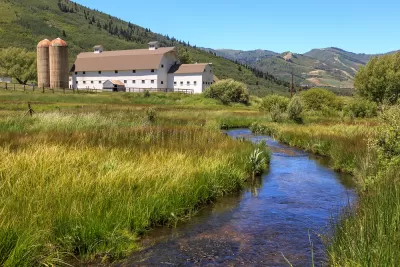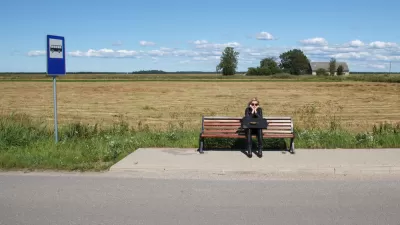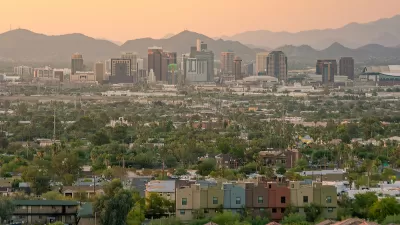Urban vs. rural is just one example of the many false dichotomies presented as fact during the presidential campaign. A more nuanced understanding of these terms reveals more of the country's real character.

"Notwithstanding…political divisions, a close look at the data shows that urban and rural America are not as distant, economically or geographically, as the rhetoric may suggest," according to an article by Alan Berube.
To back up that argument, Berube calls on the definitions used by the U.S. Census Bureau to distinguish between urban and rural. "The Bureau classifies more densely developed areas as urban, and identifies large clusters of urban territory (with populations exceeding 50,000) as 'urbanized areas.' Urbanized areas, in turn, form the basis for identifying metropolitan areas, which approximate regional labor markets…" Areas that don't meet urban densities are classified as rural.
The catch, however, is that many of those rural areas are included in metropolitan areas. In fact, according to Berube, 54 percent of people living in areas classified as rural also live in metropolitan areas. "These 32 million residents of rural communities are thus part of wider labor markets that cluster around one or more cities, and most of them likely live within a reasonable commuting distance of those cities," writes Berube.
Rather than trying to make rural communities seem more urban, however, Berube's argument serves to prove the proximity, economically and geographically, of urban and rural communities.
FULL STORY: Political rhetoric exaggerates economic divisions between rural and urban America

Planetizen Federal Action Tracker
A weekly monitor of how Trump’s orders and actions are impacting planners and planning in America.

Maui's Vacation Rental Debate Turns Ugly
Verbal attacks, misinformation campaigns and fistfights plague a high-stakes debate to convert thousands of vacation rentals into long-term housing.

Restaurant Patios Were a Pandemic Win — Why Were They so Hard to Keep?
Social distancing requirements and changes in travel patterns prompted cities to pilot new uses for street and sidewalk space. Then it got complicated.

In California Battle of Housing vs. Environment, Housing Just Won
A new state law significantly limits the power of CEQA, an environmental review law that served as a powerful tool for blocking new development.

Boulder Eliminates Parking Minimums Citywide
Officials estimate the cost of building a single underground parking space at up to $100,000.

Orange County, Florida Adopts Largest US “Sprawl Repair” Code
The ‘Orange Code’ seeks to rectify decades of sprawl-inducing, car-oriented development.
Urban Design for Planners 1: Software Tools
This six-course series explores essential urban design concepts using open source software and equips planners with the tools they need to participate fully in the urban design process.
Planning for Universal Design
Learn the tools for implementing Universal Design in planning regulations.
Heyer Gruel & Associates PA
JM Goldson LLC
Custer County Colorado
City of Camden Redevelopment Agency
City of Astoria
Transportation Research & Education Center (TREC) at Portland State University
Jefferson Parish Government
Camden Redevelopment Agency
City of Claremont





























